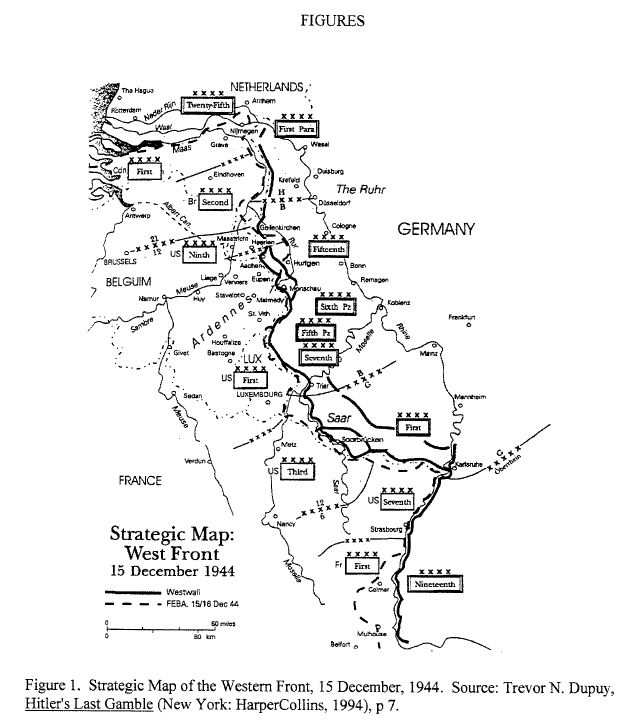Andy Kessler, a very smart and generally insightful guy, has a recent WSJ column titled ‘The is One Puzzling Job Market’ and subtitled ‘Why has productivity lagged for so long? Because huge sectors shunned technology.’
This assertion doesn’t feel right to me. In the case of the healthcare industry, for example, Kessler says “Medicine is unproductive. It’s a doctor-intensive chronic-disease-treatment business. But with prevention and diagnostics to find disease early, perhaps we’d need fewer oncologists and cardiac surgeons.” Perhaps, but it’s not as if diagnostics–mammograms, for example–have been ignored. Prevention can involve, for example, better diets and obesity reduction–these things are really more about accurate science, proper statistical analysis, and honest and effective public communication than they are about technology per se.
A major technology initiative in healthcare of the the last decade or two has been the wide use of electronic medical records. While these do have considerable potential, the current implementation reality is different. I don’t think I have ever heard or read a physician or other healthcare professionals who had anything good to say about these systems. The perceived productivity impact is negative.
It is certainly true that telemedicine has great potential for productivity improvements, and also probably for better paytient outcomes, since it makes it far easier to get an appointment than is the case with traditional practice approaches. But some of the same advantages can also come from local clinics with an emphasis on quick availability and more use of nurse practitioners and other alternatives to the need to see physicians for every visit.
As another example of an industry with poor productivity, Kessler cites education. I think we can agree on the poor productivity. But is the problem really lack of technology? How about the massive administrative overheads, the insistence on instructional methods that don’t work very well (in teaching reading, for example), and the overweening power of the teachers’ unions? Indeed, schools have been quite eager to spend money on ‘technology’. The kind of projects that Michael Schrage referred to as ‘sparkly tools’ will not do much good until these other problems are addressed.
In transportation, there are indeed technology improvements that can be made in air traffic control and, for railroads, in rail car tracking and hot-bearing detection to prevent derailments, for example. But there are also physical infrastructure issues–no matter how great your air traffic control system is, an airport’s capacity is going to be limited by the number of parallel runways, and, in some wind conditions, the availability of crosswind runways. There are also management and process issues–in freight rail, for example, is the current vogue employment of very long trains, now under the banner of ‘precision scheduled railroading’, really a good idea from the standpoints of productivity and market growth?
Kessler says: “Bell Labs invented the transistor in 1948, but its parent, AT&T, had 10 to 20 years of old vacuum-tube inventory and so delayed using transistors.” This claim makes no sense to me. I can’t imagine that any company, even AT&T would have built up a 10-20 year inventory of just about any commodity, let alone inventory of items in a field which was already known for rapid change. And early transistors weren’t cheap, and did have their limitations.
There is indeed an apparent paradox when you consider all the technological improvements of recent years–and then look at the productivity numbers. But I suspect that much of the cause for this disconnect will be found in:
Mediocre or outright bad management. There is a tremendous amount of wasted motion and effort in a lot of organizations today. There’s always some of this, of course, but my sense is that it’s been getting worse, rather than better. See for example this article about Google, written by a guy whose startup was acquired by that company.
Google has 175,000+ capable and well-compensated employees who get very little done quarter over quarter, year over year. Like mice, they are trapped in a maze of approvals, launch processes, legal reviews, performance reviews, exec reviews, documents, meetings, bug reports, triage, OKRs, H1 plans followed by H2 plans, all-hands summits, and inevitable reorgs.
Unwise mergers and acquisitions. Although company combinations can be beneficial, too often they are done under sets of assumptions that turn out to be, shall we say, optimistic. How much productivity is lost as a result of all the legal and finance work done to enable these combinations and in the organizational disruption that often follows? (And then, in some cases, to unwind them via a spinout?)
Excessive regulation, particularly ideologically-driven regulation. In Washington, DC, childcare workers will now be required to have associates’ degrees. There are many other examples of pointless education and training requirements. And the ‘industrial strategy’ programs favored by the Biden administration are very likely to direct resources into politically-favored…but not particularly productive..companies and entire industries.
Bad technology implementations. There are a lot of examples of technology implementations that seemed promising, but resulted in either complete failure or marginal…if any…productivity gains. Often, there problems are a result of failing to systematically think about the overall business process and the potential people problems involved. See the sad story of Target Canada, and Zeynep Ton’s description of retail inventory systems that carry meaningless balances because the work of the checkers, and the way in which the feedback loop from goods availability to sales numbers worked, is not properly understood.
There are certainly many technologies now available, and becoming available, that can greatly enhance productivity. But it is difficult for any technology or combination of technologies to improve productivity enough to overcome the drag of the structural problems sketched about..and many others. As Lewis Carroll said, we must run as fast as we can just to stay in place, and if we want to go anywhere, we must run twice as fast as that. Unless we do something about the sources of the persistent backward motion.
Your thoughts on productivity and technology?
